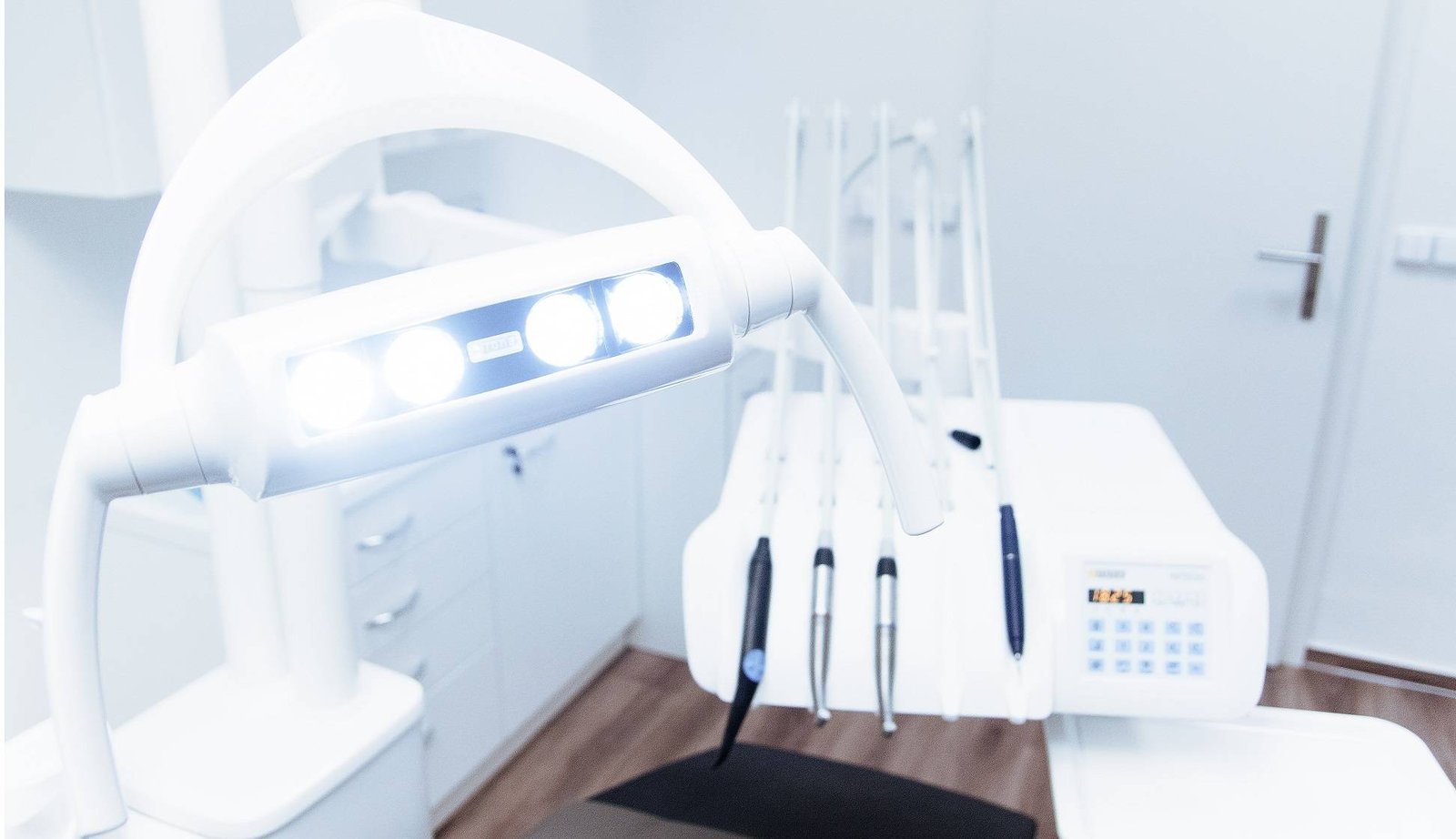The CE marking is a significant indicator that the product complies with European legislation and allows the free movement of products within the European market. When a manufacturer affixes the CE marking to a product, he declares, under his sole responsibility, compliance with all the legal requirements necessary to affix the Medical Device CE Marking, and thus gives rise to the product being able to be sold in the space European economy, Switzerland and Turkey.
This also applies to products made in third countries that are sold in the European Economic Area (EEA), Switzerland and Turkey. The CE marking does not indicate that the product has been manufactured in the EEA, but rather that the product is evaluated before being placed on the market and meets the Union's safety, health and environmental protection requirements.

This means that the manufacturer verifies that the product meets all the essential requirements of the Directives that apply to it or, if stipulated in the Directives, that it has had it examined by an announced conformity assessment body.
It is the manufacturer's responsibility to carry out the conformity assessment, prepare the technical file, issue the CE declaration of conformity and place the CE marking on the said product. Distributors must simultaneously verify the presence of the CE mark and the necessary supporting documents.
Products subject to specific Directives (called “new approach” Directives) must affix the CE marking. There are more than twenty Directives aimed at the categories that need the CE marking. The essential conditions that products must meet are harmonized at EU level and are generally defined in general terms in these Directives.
The harmonized European standards are issued in reference to the Directives that apply and express in detailed technical terms the essential requirements. The complete conformity of a product with the harmonized standards gives a product the "presumption of conformity" with the appropriate essential conditions. Faced with the mandatory CE marking, the use of harmonized standards is voluntary. Other ways of responding to these essential requirements can be chosen.
CONFORMITY ASSESSMENT
All conformity assessment activities aim to test or prove that the product conforms to essential legal requirements. Manufacturers must indicate the conformity assessment procedure to be followed; this can be a self-declaration, involve inspection of the test or assessment of the quality system of a notified body or a combination of the two.
The global approach is specified by a modular assessment approach for the assessment of conformity with the “new approach” Directives. There are independent, indivisible and complementary modules
NOTIFIED BODIES
Each Directive covering a product indicates whether an authorized third party (notified body) must be involved in the conformity assessment procedure necessary for CE marking. These bodies are authorized by national administrations and officially "notified" to the European Commission.
TECHNICAL DOCUMENTATION
The manufacturer must establish the technical documentation requested by the Directives for the evaluation of the conformity of the product to the appropriate requirements, and for the evaluation of risks. With the declaration of conformity of the European Commission, the technical documentation must be presented when requested to the competent national authorities.
Importers of the product must verify that the manufacturer outside the EU has taken the necessary measures and that the documentation is available upon request. If importers or distributors market the product under their own name, they assume the responsibility of the manufacturer.
In this case, they must have sufficient information about the conception and manufacture of the product since they assume legal responsibility when they affix the CE marking.
PLACE THE CE MARKING
The CE marking must be affixed by the manufacturer or by its authorized agent. If a notified body has been involved in the production control phase, its identification number must be displayed.
The CE marking on a product indicates to State agents that the product can be legally placed on the market in their country. Where products are subject to several Directives, which are all related to the CE marking, the marking indicates that the products are considered to conform to the provisions of all Directives.
DECLARATION OF CONFORMITY
The manufacturer is responsible for preparing and signing a "European Commission Declaration of Conformity" (DoC) that proves that the product meets the requirements.
Once the CE marking has been affixed to the product, it must be supported by an official declaration of conformity or DoC in which the manufacturer declares that the product in question complies with the essential requirements outside of the European Directives in force. Prior to this, the product cannot be sold on the European market.




Comments